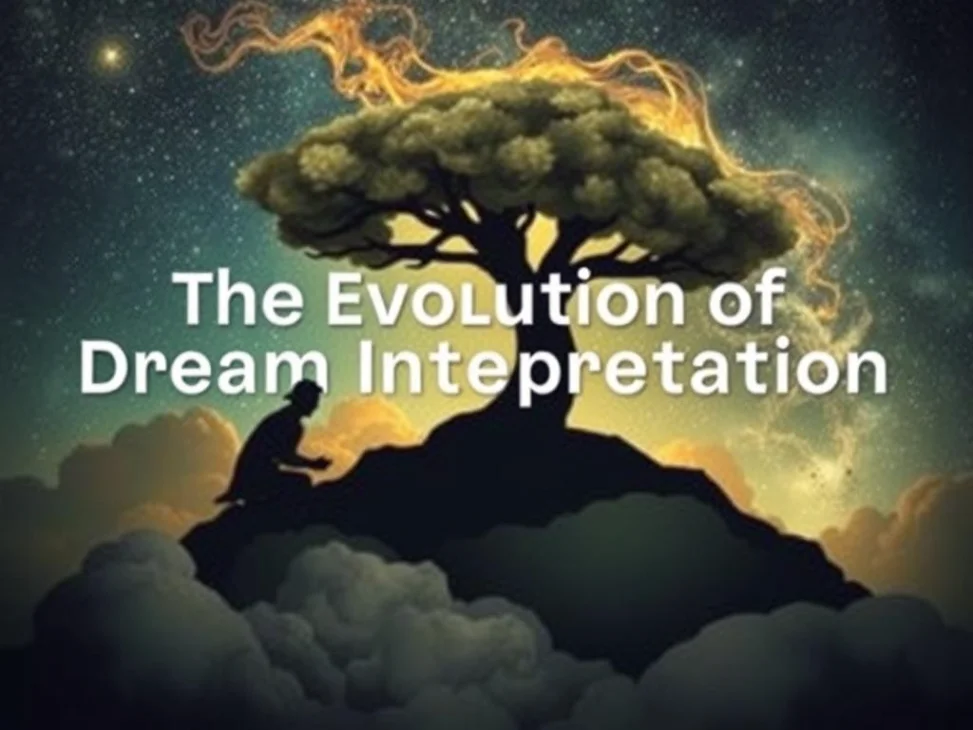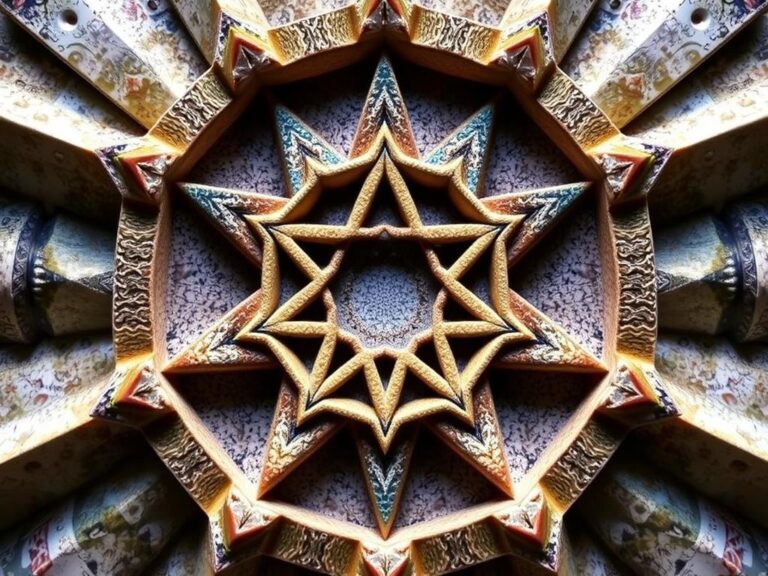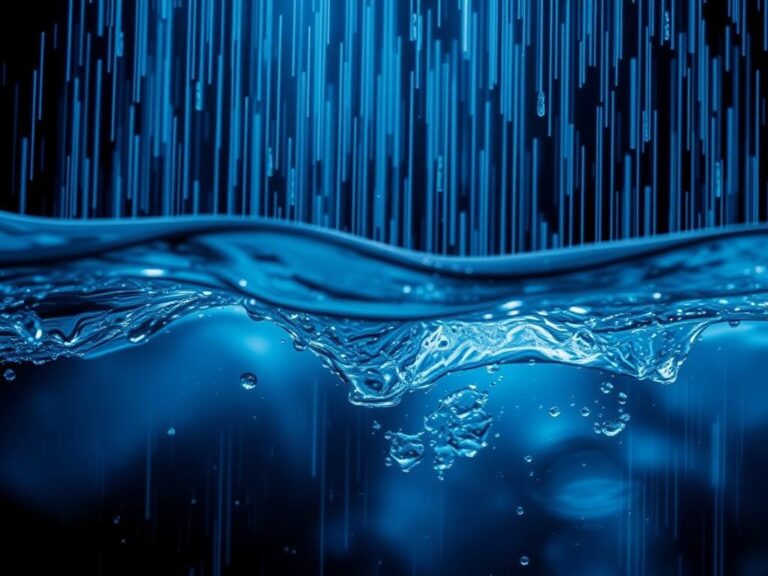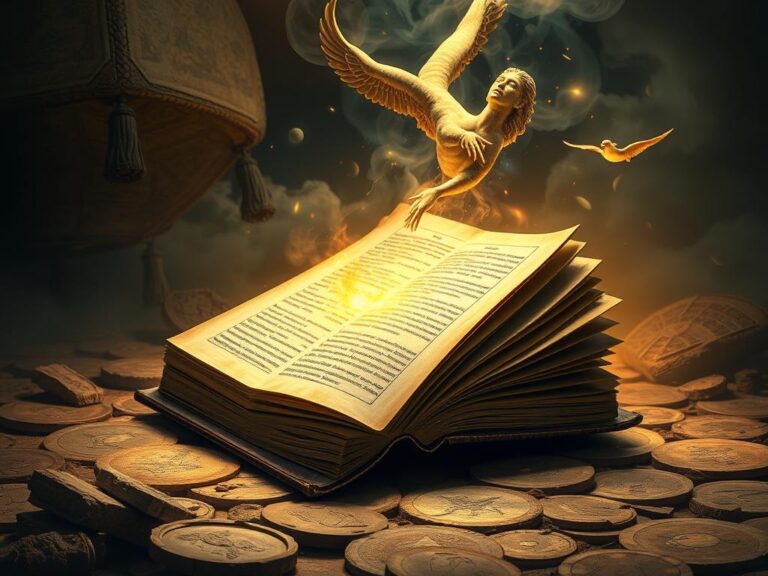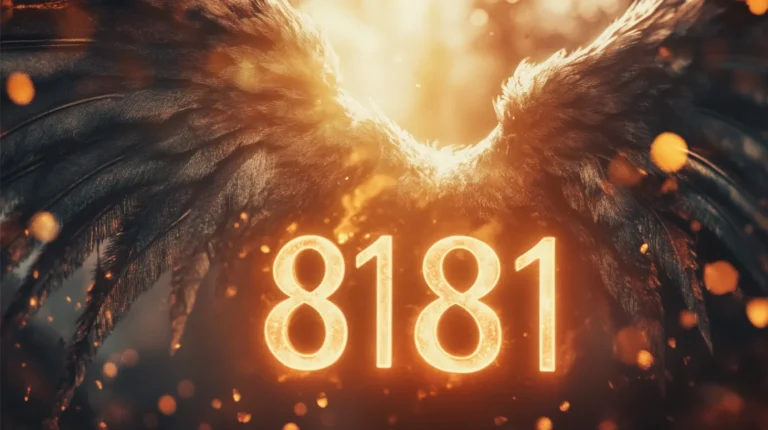The Evolution of Dream Interpretation: Past, Present, and Future
Dreams have fascinated humanity for millennia — from ancient mystics who believed they carried divine messages to modern psychologists exploring their connection to our subconscious. Our understanding of dreams has continued to evolve, shaped by changing cultures, advancements in science, and an innate curiosity about what happens when we close our eyes. But where did dream interpretation begin, and where is it headed? Let’s take a closer look at the past, present, and exciting future of understanding dreams.
If you’ve ever woken up feeling bewildered by a particularly vivid dream, you’re not alone. People worldwide have sought to crack the code of dreams — and with resources like https://dreamersintheround.com/, understanding those midnight visions has become more accessible than ever.
Key Takeaways
- Dreams have been a source of mystery and insight across cultures for thousands of years.
- Both ancient and modern perspectives offer fascinating insights into the purpose and meaning of our dreams.
- Advances in neuroscience and technology are shaping the future of dream interpretation.
- Understanding your dreams might help you connect deeper with yourself and uncover unmet needs.
The Past: Ancient Roots of Dream Interpretation
Did you know that some of the earliest recorded texts on Earth — such as the Babylonian Epic of Gilgamesh — include descriptions of dreams? Ancient civilizations often viewed dreams as supernatural events.
- Dreams as divine messages: The Egyptians and Greeks believed dreams were communications from gods or the deceased. Priests would be called to interpret cryptic dreams, often connecting them to prophecies or warnings.
- The role of dream dictionaries: Ancient Babylonian texts included interpretations of common dream symbols, some of which still influence how we think about dreams today (for example, dreaming of floods may symbolize overwhelming emotions).
- The Bible and dreams: Many religious texts, including the Bible, describe dreams as vehicles of divine revelation. Think of Joseph’s ability to interpret Pharaoh’s troubling dreams, which shaped the course of history in Egypt.
While these early approaches were heavily spiritual, they laid the groundwork for later explorations into the symbolism and deeper meanings of our nighttime visions.
Similar Dreams and Their Meanings
| Dream | Historical Interpretation | Possible Modern Link |
|---|---|---|
| Flying | Ascension to divine realms | Freedom or ambition |
| Falling | Punishment from above | Insecurity or fear of failure |
| Teeth falling out | Bad omens in some cultures | Stress, anxiety |
| Prophetic visions | Messages from gods | Intuition or analysis of life situations |
| Being chased | Pursued by spirits or punishment | Avoidance of personal issues |
The Present: Where Science Meets Symbolism
Fast forward to the modern era, where dream interpretation is still alive, but the lens has shifted. In today’s world, the focus is a blend of psychology, neuroscience, and personal exploration rather than divine intervention.
Freud’s Legacy and the Unconscious Mind
The study of dreams took a dramatic turn when Sigmund Freud published his work The Interpretation of Dreams in 1899. According to Freud, dreams were “the royal road to the unconscious.” Here’s an example of Freud’s perspective:
- Dreaming about a locked door might mean you feel excluded or experience repressed feelings of isolation.
- Dreams of water could reflect emotions, bubbling away under the surface.
Freud’s theory that dreams echo hidden desires helped establish a foundation for understanding the mind.
Neuroscience and the Science of Sleep
Modern technology has also revolutionized how we study dreams. Researchers now use brain imaging devices like EEGs (electroencephalograms) and fMRIs (functional magnetic resonance imaging) to observe what happens during various sleep phases, including REM sleep (a critical stage for dreaming).
Studies suggest that:
- Most dreams occur during REM sleep, highlighting the brain’s activity and creativity during rest.
- Dreams might serve as a form of “emotional housekeeping,” helping us process trauma, solve problems, or let go of negativity.
The increasing integration of neuroscience with dream studies has provided a more structured underpinning for centuries of symbolic interpretation.
Modern Dream Apps and Tools
If ancient priests had dream dictionaries, we now have dream apps! Many modern apps and websites (like Dreamers in the Round) have brought dream interpretation into the digital age. Want to track patterns in your dreams? Or compare what others experience when dreaming of common themes like flying or falling? There’s now a smartphone app for that.
The Future: Technology and Dreams
What will dream interpretation look like in the next hundred years? Brace yourself for a leap well beyond Freud and symbolic meanings.
AI and Dream Decoding
Artificial intelligence is now being used to help create a framework for understanding dreams. Researchers are exploring how software might analyze patterns in dream data collected worldwide to unlock deeper meanings. For example, a program might detect how global stress levels influence common dream themes.
Imagine uploading your dream to a program that analyzes it and provides insight — something that feels futuristic yet eerily plausible.
Virtual Reality and Dream Simulation
Virtual reality (VR) is emerging as a potential tool to reshape dream therapy. In the future, it could be possible to use VR to create dreamlike simulations, allowing us to interact with dreamscapes while awake. Sounds too sci-fi? This technology could help desensitize people dealing with recurring nightmares, providing safe environments to confront their fears.
Collaborative Dream Sharing
What if you could digitally “record” your dreams to share them with others? Some researchers speculate that advancements in neuroscience might soon allow this, enabling us to visualize our dreams in ways never thought possible. Imagine sharing a dream memory with a therapist, researcher, or loved one to dissect it together.
These possibilities hint that the future of dream interpretation could be collaborative, immersive, and deeply transformational.
Why Do Dreams Matter?
Think about this: You spend roughly a third of your life sleeping. Within that time, you experience hundreds, maybe thousands, of vivid dreams. What are they trying to tell you?
Dreams offer more than just surreal visuals—they’re a gateway to understanding our emotions, fears, aspirations, and more. Listening to your dreams can uncover hidden patterns in your thoughts or areas for personal growth. Example: If you consistently dream about being late, it might reveal feelings of overwhelm or unmet deadlines in your waking life.
Take a moment to consider: What recurring themes show up in your dreams? Could they reflect something deeper?
Conclusion
It’s clear that the fascination with dreams is deeply human. From ancient civilizations to groundbreaking neuroscience, the journey of dream interpretation mirrors our desire to understand ourselves and the wider world. Whether you view dreams as messages from the divine, repressed desires, or neural by-products, one truth remains: they are rich with possibility.
The future of dream interpretation, shaped by AI, neuroscience, and technology, promises advancements that will deepen our understanding of the human mind. But as these technologies emerge, it’s important to remember that dreams are also highly personal. Meaning exists not just in universal symbols but also in the feelings and connections unique to each dreamer.
So tonight, as you drift off to sleep, pay attention to your dreams. They might just hold the key to unlocking the next chapter of your story—or the answer to a question you didn’t even know you were asking.
What will you discover the next time you dream?
